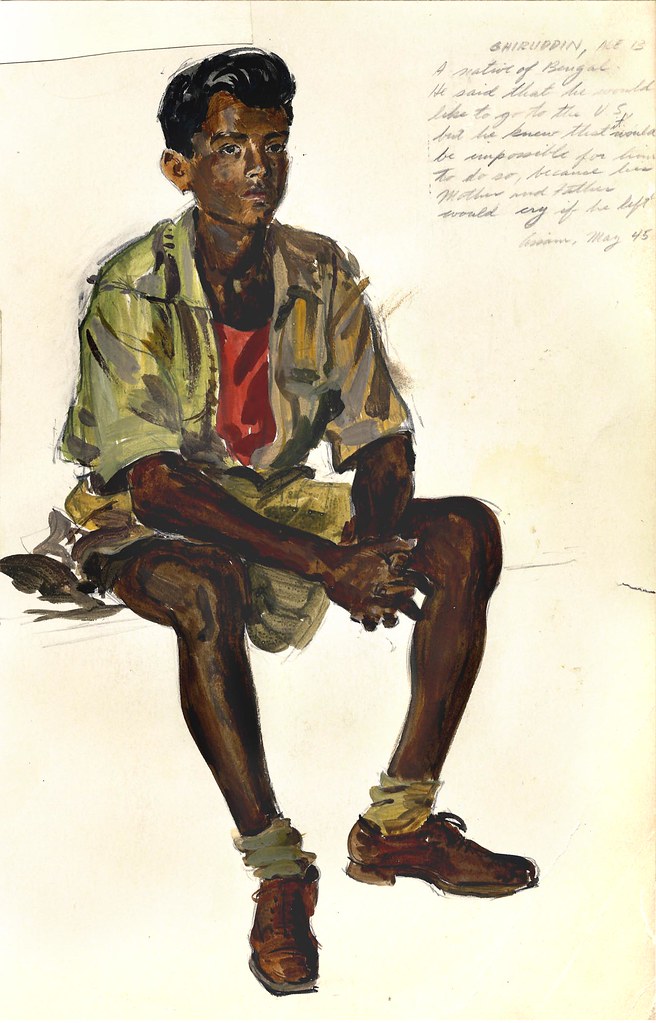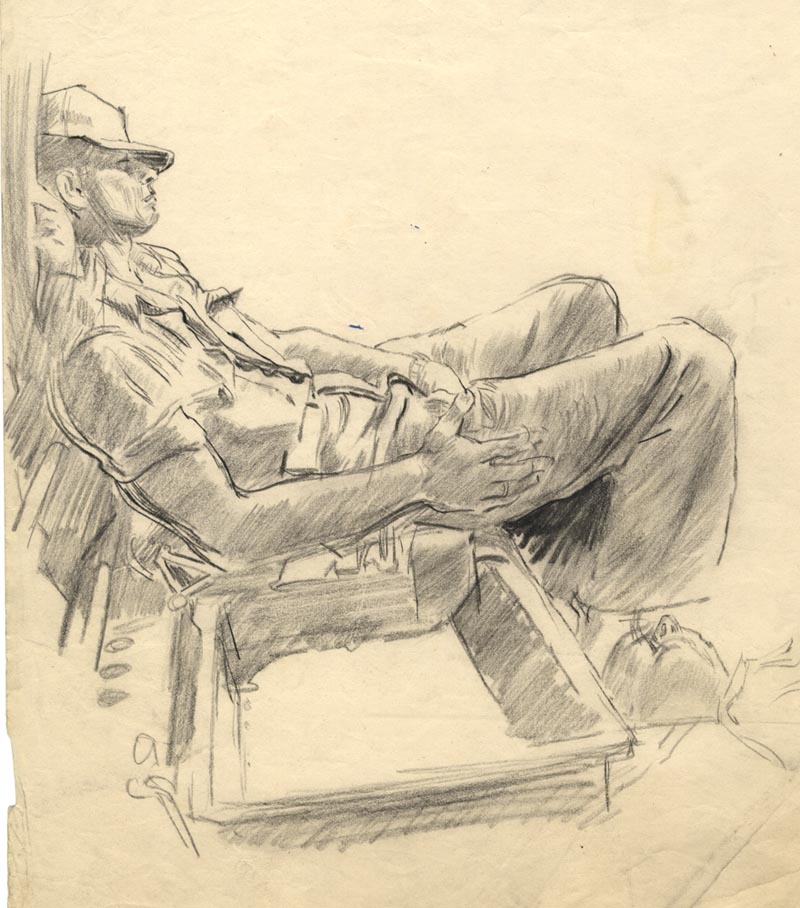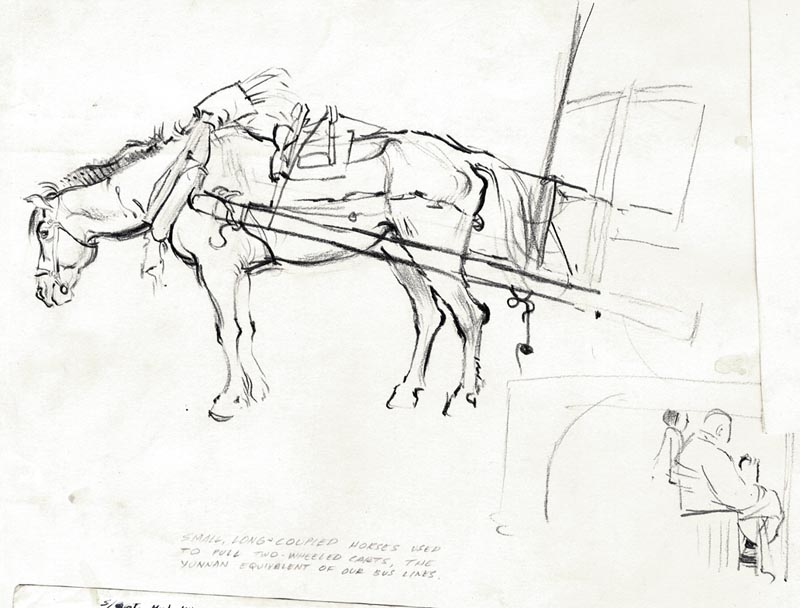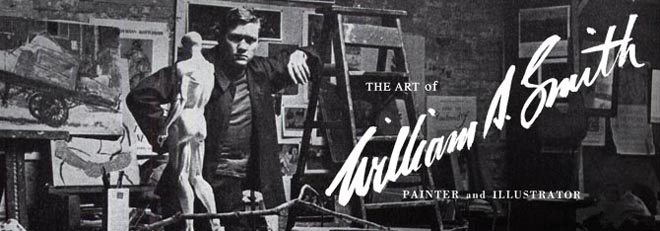"Steiger had promised to secure a projector and some films, but their arrival was maddeningly delayed. When a plane landed at the airstrip the first question asked was, “Did the projector come?” Toward the end of my month’s stay, the movie equipment finally arrived. A joyous holiday atmosphere swept the camp. Threats of not being able to see the movie put children on their best behavior. I attended the first showing, but the picture was so bad that I couldn’t endure more than the first ten minutes of it. I was outside the theater when the internees came out raving about what a superb picture it had been."

"The considerable delay in the evacuation of the camp was due partly to the troubled situation in that area. The Chineses Communists were very active in the vicinity, and kept the puppet general whose troops were holding the town of Weihsien in a state of extreme nervousness. The ten thousand Japanese troops in the vicinity were still armed, and the central government guerilla group was busy with its own operations. These four factions created a great deal of confusion, and there was heavy fighting every night. The Japs were trying to keep the railroad, which ran from Weihsien to Tsingtao, open, but the tracks and bridges were constantly being blown out of commission by explosive. We couldn’t depend on trains getting through to the coast, and since this was the only means of transportation available, we were confronted with a very serious problem."

"In the interest of getting the prisoners out, an agreement to keep the railroad open for twelve days was finally secured from the warring factions. Since Tsingtao lacked accommodations to absorb all fifteen hundred prisoners, it was decided to take approximately a third of them in the first trainload. Hospital cases and people with homes or friends in the Tsingtao are were included in the first group. Bad weather, which made the roads to the railway impassable, caused another delay, but the first group finally reached Tsingtao safely. I went to Tsingtao a few days later and stayed a couple of weeks. On the thirteenth day after the agreement, the railroad had again been blown up in a number of places. At the time I left Tsingtao for Shanghai the remaining internees had not yet been able to get out of Weihsien."

* My thanks to Kim Smith for providing both the art and article for this week's topic. Our story concludes tomorrow.

No comments:
Post a Comment